
Email Address Sign Up Form | Everything You Wanted to Know about Email Sign up Forms
Every brand is always looking for new and innovative ways to capture more leads and convert them into loyal customers. Until a while ago, registration forms helped to achieve this company objective.
For many years, marketers would place “Contact Us” forms on their websites, hoping interested users would contact them.
These “Contact Us” forms are now static lead registration forms. Although they served a function many years ago, they are no longer as effective as they used to be. Traditional registration forms are said to be dead.
Interactive forms of lead generation are becoming much more popular. Furthermore, they are rapidly replacing the need for a static form on a website.
What’s an email sign up form?
An email sign-up form is an embedded or hosted web form you can place or link to on your website, blog, or social media sites so that a visitor can sign up to receive a newsletter or email. Typically, it’s a small box that asks for a few fields, including an email address. They may also be called email opt-in forms, web forms, web forms website visitors, or signup forms.
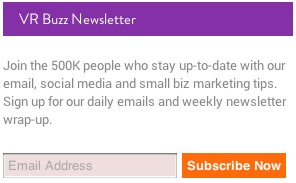
What’s the purpose of an email sign up form?
It’s a small but mighty tool used to collect permission-based email addresses. You may have noticed the emphasis on permission-based. That’s because when a visitor fills out a signup form and asks to be added to an email list, they’re actively agreeing to be a part of your list and permitting you to send them an email. These contacts are priceless because they’ve specifically asked to hear from your business and are highly likely to open, read and click your messages. This results in more visits to your website, blog, brick-and-mortar location, and hopefully more sales.
Where should I put my email sign up form?
The more places you have sign up forms or links to them, the better. This includes all the pages of your website, blog, your business Facebook page, and more. Here are some suggestions:
- The top sidebar of your website or blog (link and/or form)
- In the top navigation bar (link and/or form)
- The footer of your site (link and/or form)
- A tab on your Facebook page (link and/or form)
- At the end of every blog post (link)
- On your “About Us” page (link and/or form)
- All of your social sites (link)
In the examples below from organic skincare company Birdy Botanicals, you can see how they prominently feature an email sign-up form on their website, blog, and Facebook page.
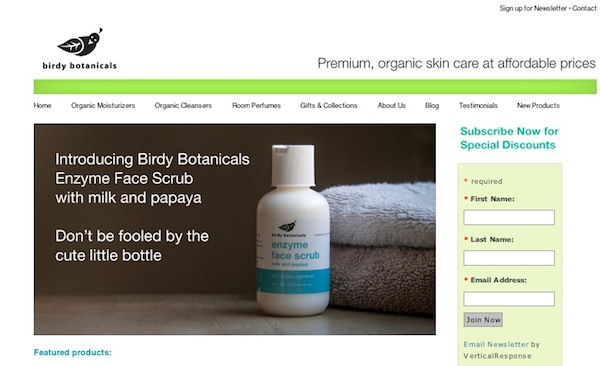
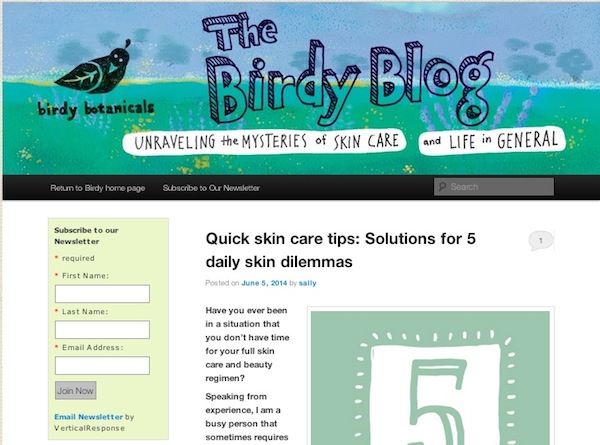
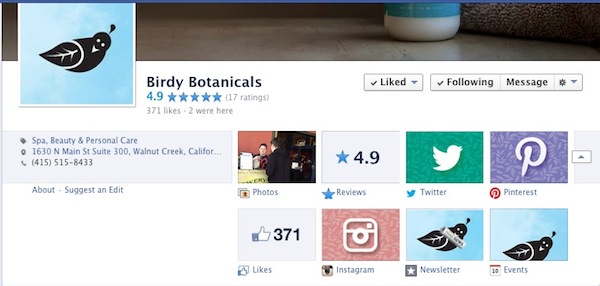
What information should my email sign up form ask for?
Less is more when it comes to your form. Often, just an email address is all you need. However, if you want to personalize your emails or do any segmenting of your list, you may want to add a field for first name, state or other relevant information.
How do I get an email sign up form?
Most email service providers (ESPs), like VerticalResponse, offer either email sign up forms you can embed on your site or hosted web forms. In VerticalResponse Classic, you can find email sign up forms email address sign up form in your account in the Lists or Contacts section. You can quickly and easily customize your email sign up form and post it wherever you like. And, once you have it on your website and other places, form builder their email address will be automatically added to your email list each time someone fills it out.
There you have it, everything you ever wanted to know about email sign up forms. You can create your own in VerticalResponse now and start growing your list today.
Reasons why registration forms no longer work so well
User behavior is changing. To a large extent, this change is due to the development of technology, information, and ways of accessing the network.
In general, users are not impressed with static content. This technique that worked years ago today is not enough to obtain accurate information about a user.
The new forms of communication that have emerged over time create more human and real relationships than traditional methods. Users are the first to evolve in their way of browsing. And today, the traditional registration forms are not having the desired success.
1. Users do not want to fill out static registration forms
Brands still going for static signup forms must remember that they are not offering anything of value to the users who visit their website.
Typically, most consumers who voluntarily complete a registration form are still in the first phase of the conversion funnel because the customer-brand relationship never develops. Which means they’re not ready to make a purchase yet.
Interactive experiences or interactive forms are rapidly overtaking static forms of communication. These forms allow users to have a participatory, two-way conversation with a website. Which allows them to get the answers they are looking for newsletter sign up form.
2. Interactive experiences produce higher interaction rates
Unlike static signup forms, interactive experiences allow consumers to converse with a website.
Instead of being forced to fill in the blanks (usually name, email, phone, comments), a conversation follows a series of questions and answers.
For this reason, website engagement rates are typically much higher than websites with static lead registration forms.
One of the most common interactive experiences is assessments. In an assessment experience, brands ask consumers questions to draw conclusions about them and provide a possible solution to their problems.
After a potential solution has been provided to a consumer, the consumer will likely want to stay on your website and apply that solution. The difference with static registration forms is that the latter does not offer immediate solutions, and communication is often lost over time.
3. Higher engagement and higher conversions
Users are not interested in filling out static forms. The requested information remains in limbo. The user receives nothing of value after submitting the information. That is why registration forms are not successful.
One of the main reasons interactive experiences work is because they allow brands to make promises. Promises that are later fulfilled. Instead of waiting, you can get a solution in minutes.
If consumers are guaranteed immediate solutions, you will have more conversion opportunities. Indeed, it takes longer to fill out an interactive form. But if it means users will immediately get a response or something of value, it’s worth it.
The incentives can be of any type: a trade-in value, a report, a coupon or discount, an ebook, etc. Anything to improve brand conversion.
4. Interactive experiences
No matter who visits your website, static forms will consistently look and work the same way. A space to fill in your name, phone number, email address, and sometimes space for questions or comments. This is the full extension of traditional registration forms.
Interactive experiences, however, have nearly endless possibilities for customization. Interactive experiences not only meet the goals of your business but also meet the needs of users.
In addition to being able to customize the type of experience, the interesting thing is that the brand has full control over the appearance of the interactive form. What better way to legitimize your brand than to associate it with interactive forms? The consumer will perfectly identify that the form belongs to your brand and give it an identity.
Your website can collect specific information from a consumer and produce something of value based on the information collected.
5. Static lead forms cannot capture the amount of data needed
The most common fields on a static form are name, phone, email address, query type in a dropdown menu, and sometimes an area for comments and queries. Which is summed up in very little information.
The information obtained through the static registration forms does not provide relevant information. It does not provide information to determine why that consumer is relevant.
There is no information regarding purchase preferences, consumer interests, or the type of customer that it is specifically. The little customization of static forms makes it impossible to ask consumers about the things that a brand wants to know.
With customizable interactive forms, the brand has full control over every question they want to ask. If you want more information about what a consumer is interested in buying or if you want to get feedback on a new release, all you have to do is ask.
It is important to ask these questions. This will help you gain a better understanding of your audience and segments. It will also help you personalize communications. You can create user profiles and customize their follow-up based on your obtained information.
6. Easier for users to remember you
In addition to asking unique questions, interactive experiences also allow brands to inform. When a user has filled out an interactive form, the most important thing is to know how to process the information that has been given.
Your brand can offer a more personalized experience and is more focused on that person’s needs.
Also, any action that is related to that experience will be welcome. Whichever experience is chosen, that additional information allows users to think that the brand engages with them.
The greater your effort to offer super targeted experiences, the better the user response will be. Their involvement with your brand is closely linked to the service you offer. Therefore, it is important to know at all times what they expect from you.
This is the only way to get users to go to the last phase of the conversion funnel. That is, when they need something from your industry, you will have a better chance that they will approach you before other brands.
7. You will be able to differentiate yourself from your competition
Although static forms are not the most effective way for consumers to request more information, many companies still use this technique on their websites.
Although it is more and more likely to come across brands that use interactive forms, they allow you to stand out from your competitors.
Applying any interactive experience to your website will stand out among your users and your competition. Instead of filling out the usual form, if you offer something different and creative to your users, you are already setting yourself apart from other brands.
Digital reputation is very important in the network. grow your email list exit intent web page signup form template social proof email signup form collect email addresses social media accounts conversion rate collected emails mailing list discount code bottom of the page potential subscriber. Also, don’t forget about the power of interactive form customization. This allows you to design the form to create a pleasant user experience for everyone.
Creating a visual identity that can characterize you for your digital marketing strategies. In this way, you will stand out for doing something different, and in turn, you will set the course for your comparison.
Conclusion
Registration forms depending on which platforms, can still be effective. For example, a static form on Spotify or Facebook.
But if leads are what you want to get through user signups, you’ll need to create something compelling. Give your forms a spin, and you will see that you will get great changes.
Have a question we didn’t answer? Share it in the comments, and we’ll get right on it.
Want more marketing tips and advice? Sign up to get the VR Buzz delivered to your inbox daily (we’ve got an email sign up form for that!)
Build, send and track emails that look great on any device
© 2014 – 2018, Contributing Author. All rights reserved.
 START YOUR FREE TRIAL
START YOUR FREE TRIAL 


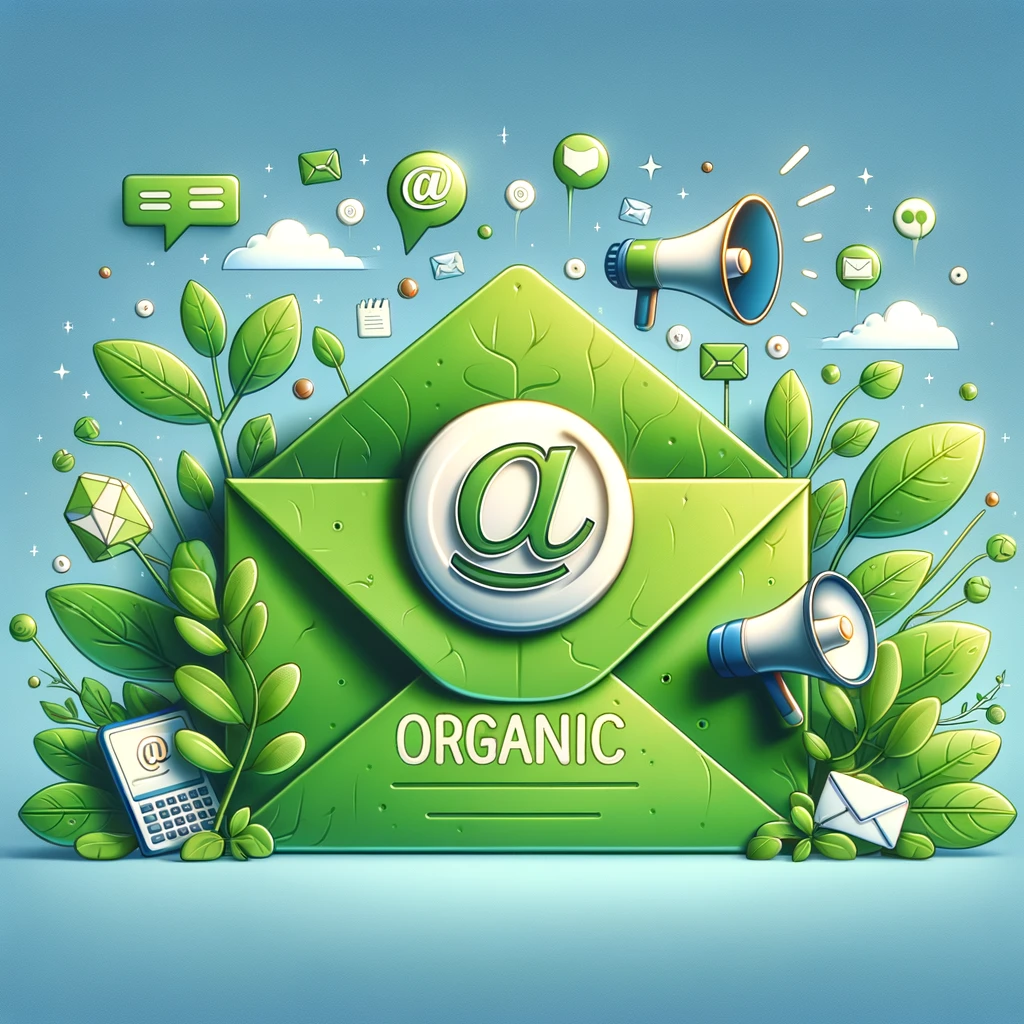
Hey thanks!
This is a new feature in the NEW VerticalResponse – Sign up forms aren’t embedded just yet, but they’re hosted on a landing page and you can find them in your account under Lists > Opt-in Forms.
Sign up forms have always been in VerticalResponse Classic, and you can find customizable, embedded signup forms in your account there under Lists > Opt-in Forms.
Hope that helps!
Cheers,
Colleen
VerticalResponse
Nice new feature!
Where do we find the embed code to add a sign up button to a website?
thanks!
I have created an e-mail sign up form. How can I add a tab to my company’s Facebook page for the form?
Hi Roy,
The sign up forms become tricky when you add Salesforce into the mix. The issue is the that the sign up info goes right to your VR lists, which ordinarily is exactly where you want it. But with Salesforce you really want the info to go to your leads/contacts in SF, not in VR. So in this case you’ll want to use a web-to-lead form from Salesforce instead. That way all your data is in one spot and then you can pull it into a list in VR when you need it.
Hope that helps!
How can you put a link to a Sign up form in a VerticalResponse email and have the responses update your customer list in Salesforce? I know that there is an opt out field in Contacts and Leads. Would you put in a Opt in field in each of these as well?
Hi,
The sign up forms are coming very, very soon, but aren’t in the account yet. But when they are the live, non-profits will have them too.
I can’t find the sign-up forms under Contacts. Does this mean that the non-profit package does not have this feature?
Hi Daniel,
Sign up forms in the new VerticalResponse will be released in the next few weeks. You can share the URL for your sign up form nearly anywhere, and the ability to embed it (in WP or other places) is a feature that will come along soon after this release. We’ll have more on our VR Product blog in the next week or so. Cheers and thanks!
Any date set for when the new VR email sign-up form will be released? Tell me it’s compatible with WordPress! 🙂